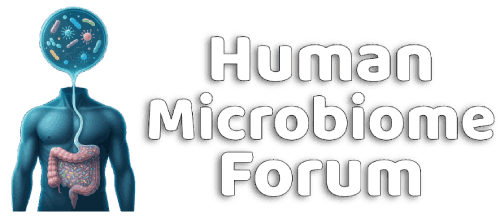Michael Harrop
Well-known member
https://www.thelancet.com/journals/ebiom/article/PIIS2352-3964(25)00130-6/fulltext
Research in context
Evidence before this study
Previous research has suggested a link between gut microbiota dysbiosis and pulmonary arterial hypertension (PAH). However, despite evidence supporting the involvement of gut bacteria in PAH pathogenesis, the comprehensive role and mechanisms of multi-kingdom gut microbiota including bacteria, fungi, and archea in PAH remain poorly understood.
Added value of this study
This study expands and enriches current knowledge by revealing that multi-kingdom gut microbiota, including bacteria, archaea, and fungi, are collectively associated to the pathogenesis of PAH. Our findings indicate that in addition to gut bacteria, gut archaea and fungi are significantly altered in patients with idiopathic PAH. Furthermore, we highlight the therapeutic potential of fecal microbiota transplantation (FMT) in reversing PAH phenotypes. More attention should be paid to new insights into the microbial underpinnings of PAH and the therapeutic potential of targeted multi-kingdom microbiota–based interventions.
Implications of all the available evidence
Our findings highlight the critical need to move beyond a bacteria-centric view of gut microbiota in PAH, underscoring the relevance of a broader microbial landscape in the prevention and treatment of PAH.
Summary
Background
Gut microbiota dysbiosis has been implicated in pulmonary arterial hypertension (PAH). However, the exact roles and underlying mechanisms of multi-kingdom gut microbiota, including bacteria, archaea, and fungi, in PAH remain largely unclear.
Methods
The shotgun metagenomics was used to analyse multi-kingdom gut microbial communities in patients with idiopathic PAH (IPAH) and healthy controls. Furthermore, fecal microbiota transplantation (FMT) was performed to transfer gut microbiota from IPAH patients or monocrotaline (MCT)-PAH rats to normal rats and from normal rats to MCT-PAH rats.
Findings
Gut microbiota analysis revealed substantial alterations in the bacterial, archaeal, and fungal communities in patients with IPAH compared with healthy controls. Notably, FMT from IPAH patients or MCT-PAH rats induced PAH phenotypes in recipient rats. More intriguingly, FMT from normal rats to MCT-PAH rats significantly ameliorated PAH symptoms; restored gut bacteria, archaea, and fungi composition; and shifted the plasma metabolite profiles of MCT-PAH rats toward those of normal rats. In parallel, RNA-sequencing analysis demonstrated the expression of genes involved in key signalling pathways related to PAH. A panel of multi-kingdom markers exhibited superior diagnostic accuracy compared with single-kingdom panels for IPAH.
Interpretation
Our findings established an association between multi-kingdom gut microbiota dysbiosis and PAH, thereby indicating the therapeutic potential of FMT in PAH. More importantly, apart from gut bacteria, gut archaea and fungi were also significantly associated with PAH pathogenesis, highlighting their indispensable role in PAH.
- Format correct?
- Yes
